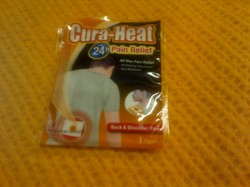It is important to know the stage of the infirmity when someone has encountered exposure. Specifically, a person with acute retroviral syndrome may not have seroconverted though he or she already has HIV. Moreover, in this first phase of the illness, the infected individual is highly contagious as the virus replicates at an enormous rate [1, 2].
In fact, the virus infects billions of human cells in only a few weeks once it has crossed the mucous membrane barrier [1].
Those who are in the chronic phase of HIV infection are less likely to spread the disease than those in the acute retroviral phase; however, the patient can still transmit it in any of the three phases. Moreover, the acquired immune deficiency syndrome (AIDS)—the third and final stage-- renders the patient extremely contagious when he or she progresses to that point [1].
The chronic phase lasts several years, and the stage of AIDS perhaps a few years. These patients will succumb to the illness unless they receive adequate antiretroviral therapy.
The prophylaxis against HIV/AIDS requires a triple-drug regimen of antiretroviral medication for one week to a month, and this will depend on the clinical situation [1, 2].




 The Reality of Aspirinon 05/24/2021
The Reality of Aspirinon 05/24/2021
 An Old Microbeon 03/31/2021
An Old Microbeon 03/31/2021
 Coronavirus and Mental Illnesson 02/14/2021
Coronavirus and Mental Illnesson 02/14/2021
 Acute Ischemic Strokeon 12/25/2020
Acute Ischemic Strokeon 12/25/2020


Comments